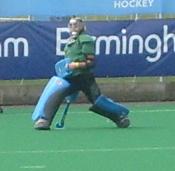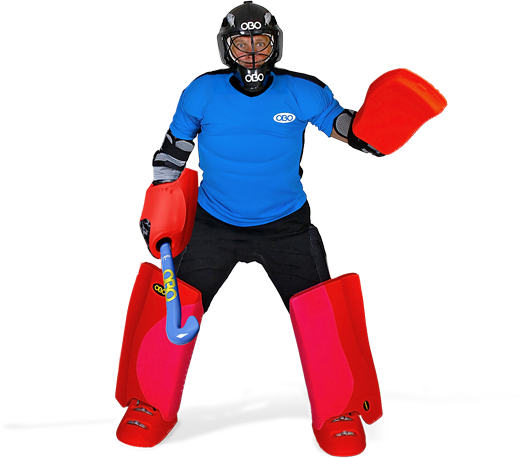KEEPERS RESOURCES

Keeping warm
If you are playing on a strong team and face few shots, or share starts (such as playing international test matches for example), then you will tend to get cold, since your muscles are inactive. You will also be at a psychological disadvantage (but this will be explored in another article!). The shots you are likely to face tend to be of higher quality goal scoring opportunities, as the chances are limited. In these situations, you are likely to have to stretch to reach the ball, or be more athletic, which can result in injuring a muscle.
These tips can be applied if you are up against a game where you are not seeing much action, but need to keep alert:
Rebound drill
A simple, but effective way to get warmed up in a short period of time is to have a free player shoot at you quickly, parrying the rebounds back at you so you have to continuously stop them. This is often used to warm the keeper up just before the match restarts (after the break), between halves (to keep warm and build up your reactions) or just before the game starts, to check on the reflexes. It works best when there are multiple players, so that you have to react to changes in angles.
Stretching
To avoid injury, you need to keep warm. You will often see goalkeepers stretching in times of inactivity, in order to keep their muscles warm. As well as keeping mentally active (focusing on ‘getting in the game’ or right mindset), it is a good idea to do this, as you will warm up your muscles. The worst thing to do is pull a muscle making a great save against a rare opportunity, or at the start of the march, when you are not properly warmed up.

Comments
Leave Your Comments Below
















































